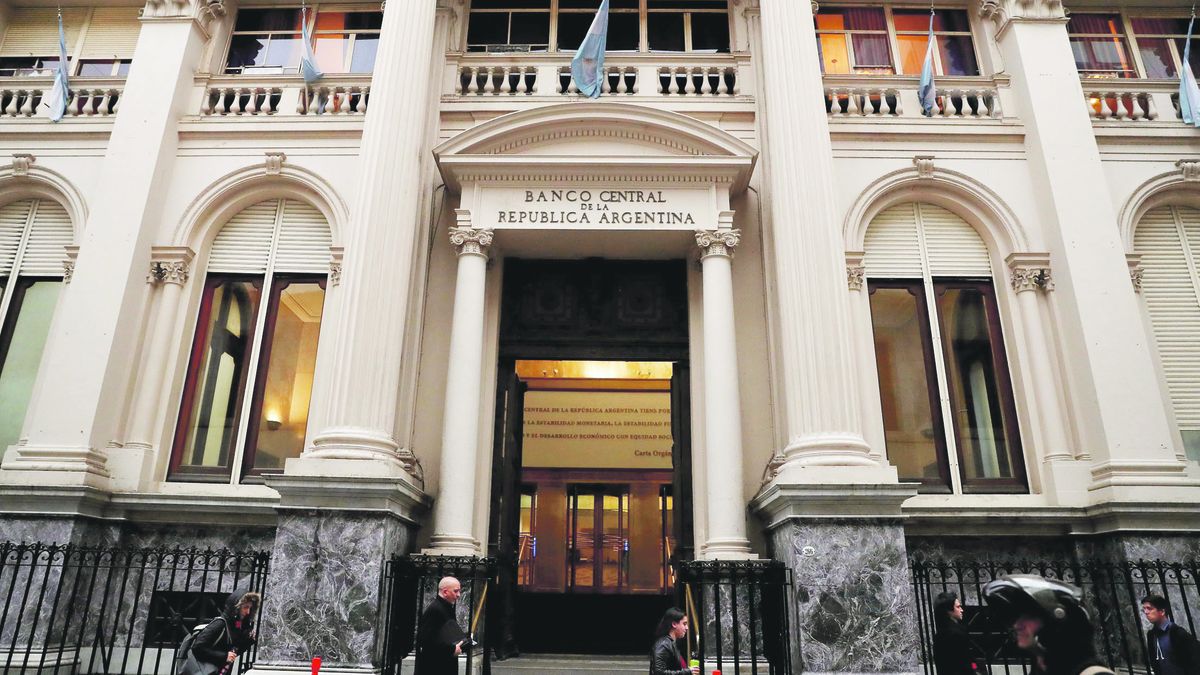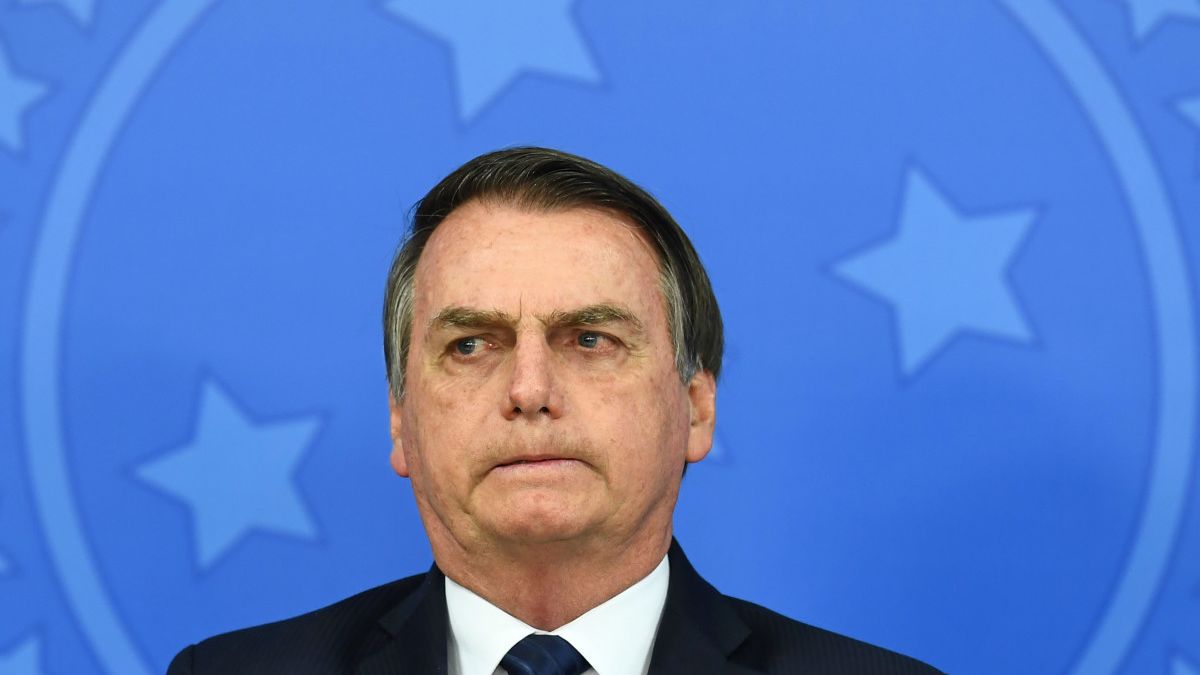This week, the INDEC will announce the February inflation which, according to analysts, will be around 6%. In this context, the market watches what the central bank with the interest rate after 5 months without changes, in the midst of an inflation that seems to be far from the expectations of the Ministry of Economy and the financial dollars slowly coming out of torpor. Thus, the following question arises: what margin does the Central Bank have for not rearranging rates?
Let’s have a little racconto. The Board of Directors raised the rate over the past year from 38% in January until it stopped the monetary tightening in October, when it left the benchmark unchanged in the hope that 100% inflation would cool down. Since then it remains in 75% TNA and 6.3% TEM.
Regarding performance, during late 2022 the rates remained positive. This year that trend continues and February could probably be even or be positive again. In this sense, some factors that must be closely monitored are: 1) The dynamics of parallel dollars. 2) if the macroeconomic context generates changes in expectations 3) the rhythm of the crawling peg 4) the high rates that are being validated by the central bank in tenders to obtain financing.
In the meantime, a sign to watch closely is the movement of investors in relation to the Fixed deadlines. According to the LCG consultancy, 88.4% of the total terms were made for a period of less than 60 days. Currently, the average term of term placements is 53.4 days. This fact, which is not minor, reflects how the expectations of savers are changing, which varies from month to month.
Market opinion on rates
Andrés Reschini, Master in Finance from the Austral University said in dialogue with Ambit that if the CPI data for February shows a variation of approximately 6% MoM “the BCRA is not going to move the PM rates”.
“The 28-day Leliq rate is at 107.3% TEA and to tie it we need an inflation of 6.26% per month. Although it would not be far, the BCRA balance does not have much margin to pay a much higher rateFor this, the rate of devaluation should be accelerated more, something to which they resist and rather delay it to use it as an “anchor”; and/or get more reserves, which is becoming more complicated and even more so with the drought. So as long as inflation remains at this level (which is neither low nor good) and We do not see an escalation of magnitude in the alternative TCs, I think that we are not going to see an increase in the rate of PM”.
For his part, Alfredo Romano, President of Romano Group added his contribution to the discussion: “the BCRA has been validating higher rates. The Lecer to April yield approximately 132.7% In the last rounds that rise has been more pronounced since we came with Lecer yielding 119.7%, a few weeks ago with the last tender. The inflation data will be around 6%, which is in line with what the market expects. We do not see more rate hikes because there is no room in the short term“.
“A new rise in rates would generate a greater cooling of the economy, since we are facing one of the greatest droughts in the history of our country. The drought today will generate an economic contraction of the order of 3% of the product and also a additional fiscal adjustment of 1% of GDP”, he assured in relation to the consequences.
As for the dollarRomano contributed: “financial dollars are stable. The last few rounds we began to see a readjustment of the financials, taking the CCL to levels of 385. This rise, if it does not settle, represents only the carry of the month. However, if the financiers continue to run there will be upward pressure to control them via a new rise in the monetary policy rate. The biggest risk faced by raising the rate again is an even more pronounced economic contraction and a Increased Market Fear of Treasury Debt Sustainability since positive rates are being validated with an Economy that is going to receive 20 billion less from foreign trade”.
Dollar Dollar 2022 dollars Pesos Bills
Mariano Fuchila
what looks ahead
According to a latest report by Ecolatina, “The BCRA has (for now) a certain margin to maintain the rate at current levels without giving up a positive real yield. However, the story could change when the data for February and March is known.” Going forward, the consultancy expects inflation to hardly break 4% and the Central Bank will make the decision to carry out a “management” policy of the crawling peg more close to inflation, and maintain the TEM at 6.3%.
“We estimate that the government’s intention will be to contain monthly inflation in April and then gradually reduce the nominal value of the economy in the months closest to the elections.”
“Unless there is a surprising negative inflation data, the BCRA would still have arguments to support the current rate level, pointing out that the recent inflationary acceleration would be explained by seasonal or specific reasons (such as the case of meat and tariffs) . In fact, taking a false step and confirming an early rise in the interest rate could be interpreted by the market as a higher expectation of official inflation for the remainder of the year, at the same time that it would take away from the monetary authority an “ace up its sleeve” (an overreaction of the rate) for the following months,” they added.
In conclusion, for Ecolatina the dynamics of the prices of the second quarter will be a hinge for the rest of the year: If inflation persists at levels above 6% per month, it will pressure the BCRA to carry out the following movements: speed up the crawling peg to avoid a greater exchange rate appreciation, or validate a new increase in the rate to once again show positive real yields and avoid the flight of pesos towards alternative dollars.
Source: Ambito




